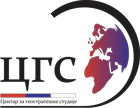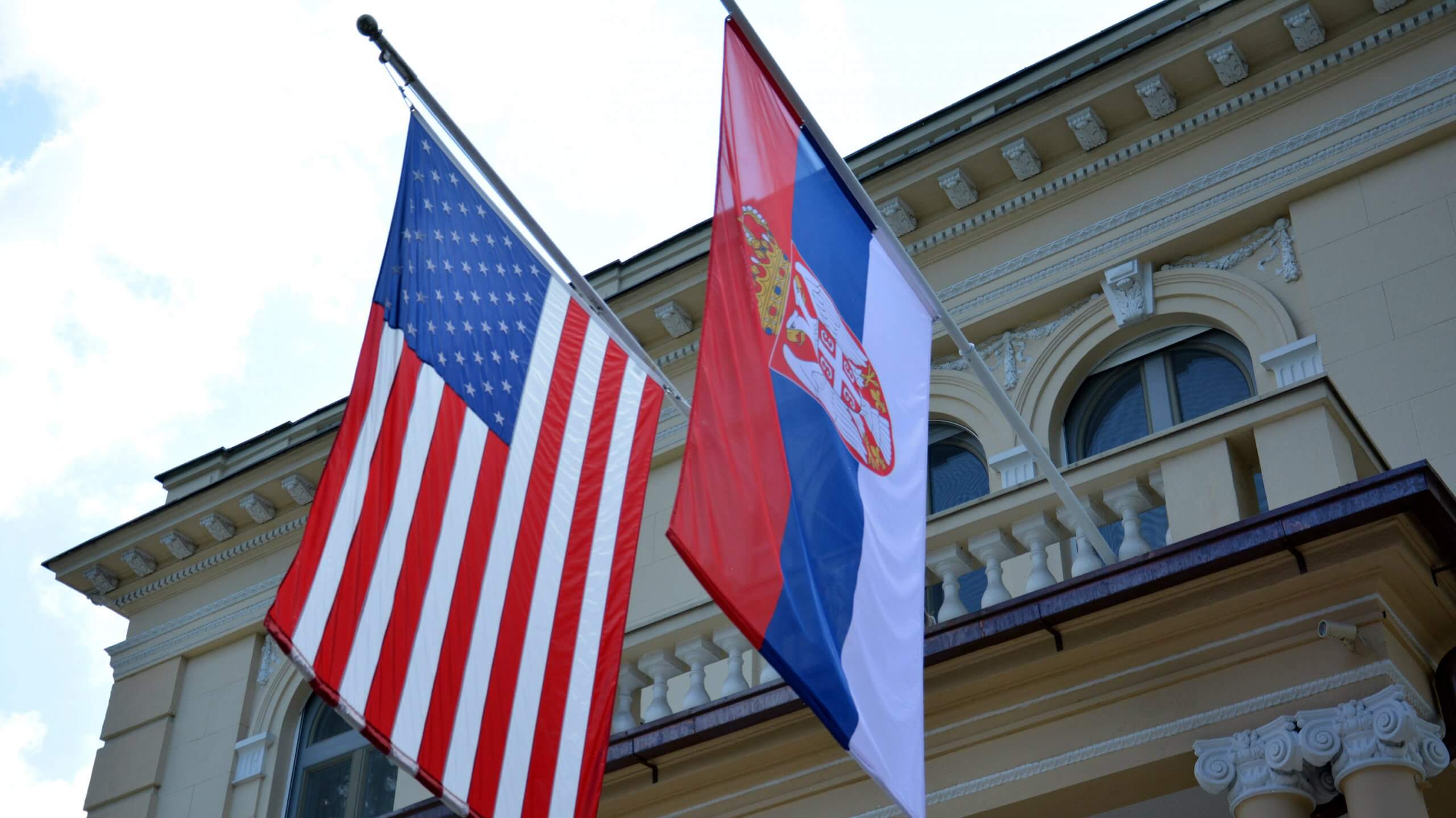By Alexander Azadgan
Introduction
U.S.–Serbia relations have followed a complex and often turbulent path shaped by war, diplomacy, and the shifting geopolitics of Eastern Europe. In the early 1990s, under Bill Clinton’s presidency, we the United States played a corrosive role in the balkanization [and destabilization] of Yugoslavia and in the recent years, we have witnessed growing friction between Washington and Belgrade, especially as Serbia deepens its ties with the Russian Federation. With Serbia increasingly aligning itself with Moscow politically, economically, and militarily, the trajectory of its relationship with the United States has taken on a more cautious, and at times adversarial, tone.
In this article, I will explore the historical context, current dynamics, and future implications of U.S.–Serbia relations in light of Serbia’s pivot toward Russia.
1. Historical Background: From Adversaries to Uneasy Partners
The relationship between the United States and Serbia (formerly a part of Yugoslavia) has been deeply influenced by the 1990s bloody Balkan wars. The NATO bombing campaign against Yugoslavia in 1999 during the Kosovo War created long-standing resentment among many Serbians. The United States, seen as a “champion of Kosovo’s independence” (declared unilaterally in 2008), remains a symbol of Western interventionism and intrusion in the Serbian national psyche.
Despite these challenges, the early 2000s witnessed attempts at reconciliation. U.S. support for Serbia’s “democratic transition” after the overthrow of Slobodan Milošević in 2000 laid the groundwork for cooperation. American aid and diplomatic backing helped Serbia modernize its institutions, improve its economy, and seek integration into Euro-Atlantic structures, including eventual European Union membership.
However, these cooperative efforts have often been undermined by disagreements over Kosovo and growing nationalism within Serbia.
2. The Russia Factor: A Rising Influence
While the U.S. has maintained formal diplomatic engagement with Serbia, Russia has skillfully [and successfully] leveraged historical, religious, and cultural ties to win hearts and minds in Belgrade. Russia and Serbia both adhere to Eastern Orthodox Christianity and share an historically cherished identity and common Slavic heritage. This deep cultural connection has provided fertile ground for Russia’s soft power outreach.
In more concrete terms, Russia has become a key economic partner for Serbia. Russia is a major supplier of energy to Serbia, particularly natural gas, and it has gifted military equipment, including MiG-29 fighter jets. In return, Serbia has offered rhetorical support for Russian positions on the global stage, including not imposing sanctions following Russia’s 2014 reunion with Crimea and again after the 2022 full-scale military operation in Ukraine.
Serbia is one of the few European nations that has refused to align with the EU and U.S. sanctions regime against Russia, a move that has drawn concern and criticism from Washington.
3. U.S. Concerns and Policy Shifts
The United States has grown increasingly wary of Serbia’s foreign policy tilt. Key concerns include:
■ Military Cooperation with Russia: Joint exercises (which Serbia has now suspended) raise red flags in NATO and the Pentagon.
■ Media and Disinformation: Russian-backed media outlets such as RT and Sputnik have found a receptive audience in Serbia, amplifying anti-Western narratives and discrediting so-called “democratic institutions”.
■ Democratic Backsliding: Under President Aleksandar Vučić, Serbia has faced criticism for its so-called “erosion of press freedoms”, weakening of judicial independence, and centralization of political power — developments that the U.S. views as troubling for regional stability.
In response, the U.S. has sought to re-engage with Serbia through a combination of incentives and warnings. High-level visits, strategic dialogues, and economic initiatives like the “Open Balkan” project (which the U.S. tacitly supports) are intended to strengthen regional integration and reduce dependency on Russian influence. However, Washington’s leverage is increasingly limited in a Serbia that feels emboldened by its strategic ambiguity.
4. Kosovo: The Persistent Flashpoint
Kosovo remains the single most contentious issue in U.S.–Serbia relations. The U.S. was one of the first countries to recognize Kosovo’s so-called “independence” and has been one of its strongest diplomatic and security backers. Serbia, backed by Russia and China, continues to refuse recognition, arguing that Kosovo is a breakaway province illegally supported by the West which in reality is the case.
U.S.-led initiatives to normalize relations between Belgrade and Pristina — such as the Brussels and Washington Agreements — have met mixed success. Periodic outbreaks of violence in northern Kosovo, often involving ethnic Serbs, underscore the fragility of peace. The U.S. has repeatedly called on Serbia to de-escalate tensions and recognize Kosovo, which remains a key prerequisite for Serbia’s EU ambitions.
5. Strategic Balancing: Serbia’s Foreign Policy Doctrine
President Vučić has mastered a delicate balancing act, positioning Serbia as a country that can work with both East and West. This “four pillars” foreign policy — maintaining relations with the EU, U.S., Russia, and China — gives Belgrade room to maneuver diplomatically and economically.
While Serbia formally supports EU membership, its leaders often speak of “non-alignment” and the desire to retain sovereignty in foreign policy choices. This stance has found domestic support among a populace increasingly skeptical of Western intentions and weary of external pressure. Rightly so!
The U.S. finds itself frustrated by this ambiguity, especially in light of the Ukraine war, where clear lines have been drawn between Western liberal democracies verses that of Russia.
6. The Future of U.S.–Serbia Relations
The road ahead for U.S.–Serbia relations is uncertain. Key factors that will influence the trajectory include:
■ Serbia’s EU Path: If Serbia chooses to genuinely align with EU foreign policy, including sanctions on Russia, it could bring it closer to the U.S.
■ Domestic Politics in Serbia: The direction of Vučić’s administration — or his successor — will heavily shape Serbia’s foreign policy priorities.
■ Regional Stability: Continued instability in Kosovo or Bosnia-Herzegovina could further strain U.S.–Serbia ties.
■ U.S. Strategy in the Balkans: Washington’s willingness to invest in the region, politically and economically, will determine its influence in countering Russian and Chinese encroachment.
Conclusion
The relationship between the United States and Serbia stands at a critical juncture. While shared interests in regional stability and economic development remain, deep divisions persist — particularly over Kosovo and Serbia’s growing ties to Russia. In the broader context of renewed great power competition, Serbia’s trajectory could either reinforce the Euro-Atlantic vision for the Balkans or signal a shift toward a multipolar, fragmented order.
For now, Serbia continues to walk a tightrope, capitalizing on the rivalries between major powers. Whether this balancing act is sustainable in the long run, especially amid rising tensions between East and West, remains one of the defining questions for the future of Southeastern Europe.
🔴 DISCLAIMER: I maintain my 1st Amendment right to be able to express my own personal views on different issues, especially controversial ones. I do not, never have, never will promote anyone’s “propaganda”. I’m an equal opportunity critic and a 100% financially and ideologically independent and patriotic American scholar whose core academic responsibility and moral obligation is to speak the truth and raise awareness. I’m continually guided by John 8:32 which states, “Truth shall set you free.” As such, the content of all my social media posts, tv interviews, lectures, podcasts, webinars, published articles, etc. (which are all at my personal capacity) are presented SOLELY as my own opinions. Therefore, my points of view should not be misinterpreted, mischaracterized, and/ or misconstrued as a statement of promoting (on behalf of) ANY person(s), ANY political cause, ANY organization, ANY government, and/ or ANY country. Any assertions to the contrary are categorically false and are a misrepresentation of facts and would be considered libelous and slanderous, i.e. a defamation of my personal character and public persona. I’m simply exercising my 1st Amendment right as a proud American citizen, which is freedom of speech and freedom of thought.

